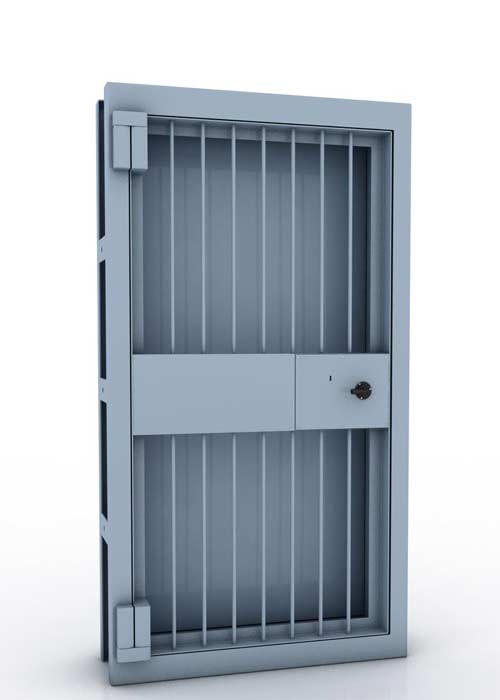Description
Manufactured according to international standards these fire rated steel doors are designed in Pakistan. At our state of the art factory, our Emergency Fire-Exit Doors are one of a kind. Undergone different treatments and processes to ensure durability and strength, our Fire-Exit Doors are finished with our signature, in house powder-coated paint.
With a fire rating of 2 hours, our emergency fire-exit doors are strong, durable and dependable. Take advantage of the achievements gained through more than 70 years of experience!
When you choose Gujrat Steel’s excellent fire doors, you can expect an excellent product and service from the top door manufacturers in Pakistan. No other fire rated steel door suppliers in Pakistan provide the level of service like Gujrat Steel Pvt. Ltd.
Our range of Fire-Exit Doors includes:
- Fire-Resistant Single Door
- Fire-Resistant Double Door
- Fire-Resistant Frames
- Fire-Resistant with Push Bar handle
- Size: 72″H x 48″W
- Standard Colour: Red.









